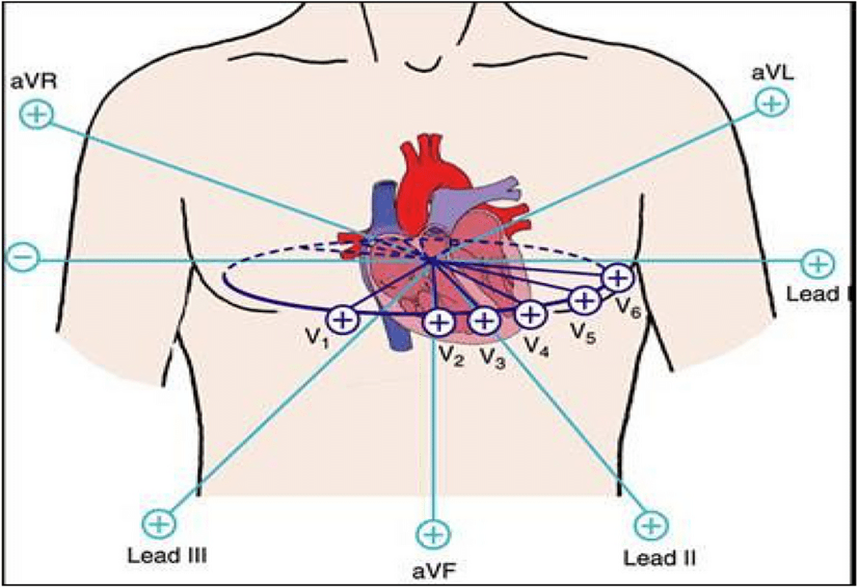A nurse is preparing to administer intermittent lipid emulsion and notes a layer of fat floating in the IV solution bag. Which action should the nurse take?
Shake the bag to mix the fat.
Administer the bag of solution.
Return the bag to the pharmacy.
Turn the bag upside down one time.
The Correct Answer is C
Choice A reason:Shaking the bag is not recommended as it may not adequately mix the solution and could cause emulsion instability.
Choice B reason:Administering the bag as is could be harmful due to the risk of fat embolism or other complications from an unstable emulsion.
Choice C reason:Returning the bag to the pharmacy is the appropriate action to ensure the client receives a properly mixed and safe emulsion.
Choice D reason:Turning the bag upside down one time is not sufficient to mix the emulsion and does not address the potential instability of the solution.
Nursing Test Bank
Naxlex Comprehensive Predictor Exams
Related Questions
Correct Answer is C
Explanation
Choice A reason: Nausea and faintness Nausea and faintness can be symptoms of hypovolemic shock. Hypovolemic shock occurs when the body loses a significant amount of blood or fluids, leading to a decrease in blood pressure and inadequate oxygen supply to the organs. This can cause various symptoms, including nausea and faintness, as the body struggles to maintain normal function.
Choice B reason: Neurologic deficits and apprehension Neurologic deficits and apprehension can also be symptoms of hypovolemic shock. Neurologic deficits refer to abnormal neurologic function of a body area due to injury of the brain, spinal cord, muscles, or nerves. Apprehension, or anxiety, can occur as the body responds to the stress of significant blood or fluid loss.
Choice C reason: Hypertension and tachypnea Hypertension, or high blood pressure, is not typically a symptom of hypovolemic shock. In fact, hypovolemic shock is usually characterized by hypotension, or low blood pressure, due to the loss of blood or fluids. Tachypnea, or rapid breathing, can be a symptom of hypovolemic shock, but it would not typically be accompanied by hypertension in this context.
Choice D reason: Diaphoresis and oliguria Diaphoresis (excessive sweating) and oliguria (reduced urine production) can be symptoms of hypovolemic shock. Diaphoresis can occur as the body attempts to cool itself in response to the stress of significant blood or fluid loss. Oliguria can occur as the kidneys receive less blood flow due to the decrease in blood volume, leading to decreased urine production.
Correct Answer is A
Explanation
Choice A reason: A 12-lead ECG can reveal changes in the ST segment, T wave, and QRS complex, which are indicative of myocardial ischemia, injury, or infarction. It is the first line diagnostic test that needs to be recorded within 10 minutes after the first medical contact in cases of suspected acute coronary syndromes.
Choice B reason: While pain radiating to the left arm can be a symptom of MI, it is not a definitive diagnostic action. It is a common symptom but can also be associated with other conditions.
Choice C reason: Checking the client's blood pressure is important in the overall assessment of the client's cardiovascular status but does not specifically diagnose MI. Blood pressure can be normal, elevated, or decreased in the case of MI.
Choice D reason: Auscultating heart tones can provide information about the presence of murmurs, gallops, or rubs, but it is not a specific diagnostic action for MI. Heart sounds may be normal during an MI.

Whether you are a student looking to ace your exams or a practicing nurse seeking to enhance your expertise , our nursing education contents will empower you with the confidence and competence to make a difference in the lives of patients and become a respected leader in the healthcare field.
Visit Naxlex, invest in your future and unlock endless possibilities with our unparalleled nursing education contents today
Report Wrong Answer on the Current Question
Do you disagree with the answer? If yes, what is your expected answer? Explain.
Kindly be descriptive with the issue you are facing.
